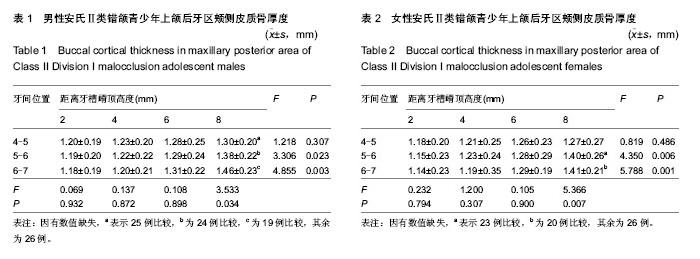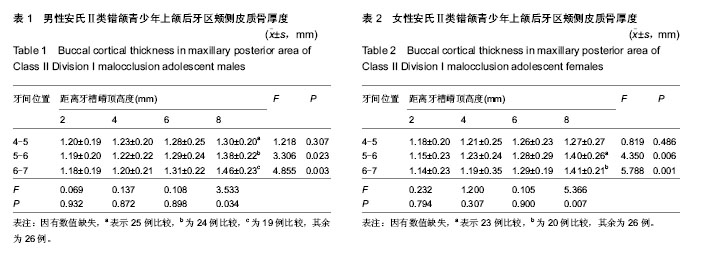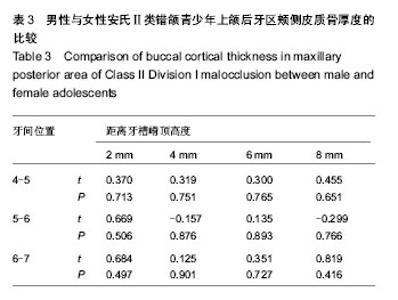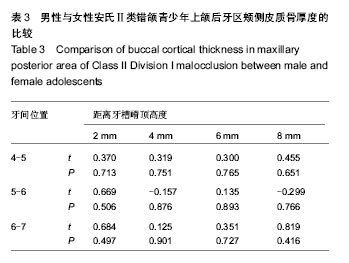| [1] Schätzle M,Männchen R,Zwahlen M,et al.Survival and failure rates of orthodontic temporary anchorage devices: a systematic review.Clin Oral Implants Res. 2009;20(12): 1351-1359.
[2] Viwattanatipa N,Thanakitcharu S,Uttraravichien A,et al.Survival analyses of surgical miniscrews as orthodontic anchorage.Am J Orthod Dentofacial Orthop. 2009;136(1): 29-36.
[3] Park SH,Jeong SH,Kwon OW.Factors affecting the clinical success of screw implants used as orthodontic anchorage.Am J Orthod Dentofacial Orthop.2006;130:18-22.
[4] Turkyilmaz I,Tumer C,Ozbek EN,et al.Relations between the bone density values from computerized tomography, and implant stability parameters: a clinical study of 230 regular platform implants.J Clin Periodontol.2007;34(8):716-722.
[5] Wilmes B,Rademacher C,Olthoff G,et al.Parameters affecting primary stability of orthodontic mini-implants.J Orofac Orthop.2006;67(3):162-174.
[6] 傅民魁,胡炜.口腔正畸学[M].北京:人民卫生出版社,2008.
[7] 王林.当代口腔正畸学[M].北京:人民军医出版社,2014.
[8] Topouzelis N, Tsaousoglou P.Clinical factors correlated with the success rate of miniscrews in orthodontic treatment.Int J Oral Sci.2012;4(1):38-44.
[9] Giuliano Maino B,Pagin P,Di Blasio A.Success of miniscrews used as anchorage for orthodontic treatment: analysis of different factors.Prog Orthod.2012;13(3):202-209.
[10] Manni A,Cozzani M,Tamborrino F,et al.Factors influencing the stability of miniscrews.A retrospective study on 300 miniscrews. Eur J Orthod.2011;33(4):388-395.
[11] Miyawaki S,Koyama I,Inoue M,et al.Factors associated with the stability of titanium screws placed in the posterior region for orthodontic anchorage. Am J Orthod Dentofacial Orthop. 2003;124(4):373-378.
[12] Miyamoto I,Tsuboi Y,Wada E,et al.Influence of cortical bone thickness and implant length on implant stability at the time of surgery--clinical, prospective, biomechanical, and imaging study.Bone.2005;37(6):776-780.
[13] Stahl E,Keilig L,Abdelgader I,Jäger A,et al.Numerical analyses of biomechanical behavior of various orthodontic anchorage implants.J Orofac Orthop. 2009;70(2):115-127.
[14] Dalstra M,Cattaneo PM,Melsen B.Load transfer of miniscrews for orthodontic anchorage.Orthodontics.2004;(1):53-62.
[15] Motoyoshi M,Hirabayashi M,Uemura M,et al.Recommended placement torque when tightening an orthodontic mini- implant.Clin Oral Implants Res.2006;17(1):109-114.
[16] Marquezan M,Souza MM,Araújo MT,et al.Is miniscrew primary stability influenced by bone density?Braz Oral Res. 2011;25(5):427-432.
[17] Baumgaertel S, Palomo JM, Palomo L.Reliability and accuracy ofcone-beam computed tomography dental measurements.Am J OrthodDentofacial Orthop.2009; 136(1): 19-25.
[18] Turkyilmaz I,Ozan O,Yilmaz B,et al.Determination of bone quality of 372 implant recipient sites using Hounsfield unit from computerized tomography: a clinical study.Clin Implant Dent Relat Res.2008;10:238-244.
[19] Cassetta M,Stefanelli LV,Pacifici A,et al.How accurate is CBCT in measuring bone density? A comparative CBCT-CT in vitro study. Clin Implant Dent Relat Res.2014;16(4):471-478.
[20] Cassetta M,Sofan AA,Altieri F,et al.Evaluation of alveolar cortical bone thickness and density for orthodontic mini-implant placement.J Clin Exp Dent.2013;5(5): e245-e252.
[21] Farnsworth D,Rossouw PE,Ceen RF,et al.Cortical bone thickness at common miniscrew implant placement sites.Am J Orthod Dentofacial Orthop. 2011;139(4):495-503.
[22] Ono A,Motoyoshi M,Shimizu N.Cortical bone thickness in the buccal posterior region for orthodontic mini-implants.Int J Oral Maxillofac Surg.2008;37(4):334-340.
[23] Sawada K,Nakahara K,Matsunaga S,et al.Evaluation of cortical bone thickness and root proximity at maxillary interradicular sites for mini-implant placement. Clin Oral Implants Res.2013;24 Suppl A100:1-7.
[24] Kim HJ,Yun HS,Park HD,et al.Soft-tissue and cortical-bone thickness at orthodontic implant sites.Am J Orthod Dentofacial Orthop.2006;130(2):177-182.
[25] Lee KJ,Joo E,Kim KD,et al.Computed tomographic analysis of tooth-bearing alveolar bone for orthodontic miniscrew placement. Am J Orthod Dentofacial Orthop. 2009;135(4): 486-494.
[26] Ozdemir F,Tozlu M,Germec-Cakan D.Cortical bone thickness of the alveolar process measured with cone-beam computed tomography in patients with different facial types.Am J Orthod Dentofacial Orthop.2013;143(2):190-196. |



